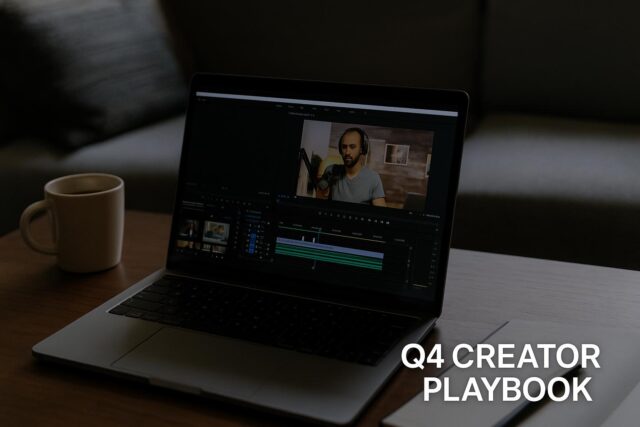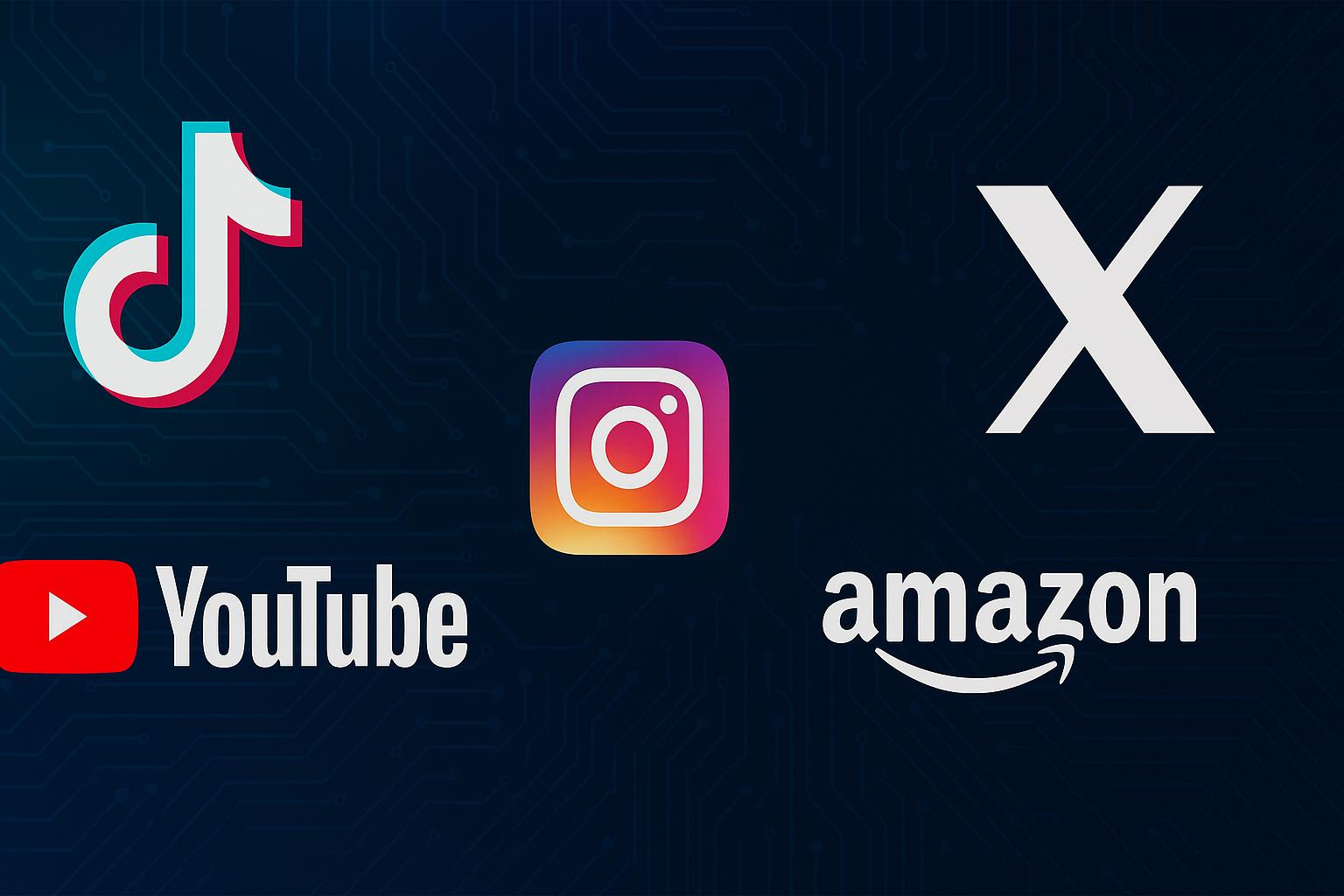Q4 is hands-down the most profitable season of the year, but it’s also when platforms like Amazon, TikTok, YouTube, Instagram, and X ramp up their moderation systems.
Tactics that once felt like harmless shortcuts, such as keyword stuffing, repetitive captions, and bulk scheduling, now risk being flagged by AI systems designed to protect their communities.
For creators, the difference between scaling smart and looking like a bot has never been sharper.
By the way, if you want to stay connected and know everything about social commerce and never miss a beat, join Logie today! Click here
Algorithms don’t just judge individual posts anymore; they judge your workflow. If your process feels automated, platforms may quietly cut your reach or even pause your account.
The good news? You don’t need hacks to win. With smarter strategies, real data, and intentional execution, you can scale your impact and keep your voice authentic.
Below, we break down how the detection systems really work across platforms, why old tricks don’t fly anymore, and how to navigate Q4 with safety and strategy in mind.
How the “Bot” Crisis Evolved
Creators once relied on bulk uploads, recycled captions, and keyword-stuffed posts to boost visibility.
But platforms have responded by deploying AI-powered moderation systems that analyze behavior patterns, upload timing, phrasing, metadata, and even tool usage to distinguish creators from bots.
As Altovise Pelzer shared:
“IF YOU LOOK LIKE A BOT, THE SYSTEM WILL FLAG YOU LIKE A BOT… That’s why we get mad when we see people doing this or that, but slowly, as the system starts picking up on it, it starts flagging them.”
Platform-by-Platform Breakdown
TikTok
- Red flags: Duplication, automation, spammy or overly promotional content.
- Impact: Videos are deprioritized or blocked from the For You feed.
Platforms state they aim to surface original content, penalizing repeated or unoriginal posts.
YouTube
- Red flags: Misleading metadata/titles/thumbnails, repetitive content, spam, or invalid traffic.
- Impact: Removal of content, demonetization, or disabling monetization entirely.
YouTube explicitly prohibits “video spam” and misleading metadata.
Instagram / Meta
- Red flags: Engagement bait (like “comment below”) and low-quality or duplicate content.
- Impact: Algorithmic downranking, not outright removal.
Meta policies say they demote posts that request engagement unnecessarily, prioritizing authenticity.
Amazon
- Red flags: Artificially driving clicks with scripts or bots.
- Impact: Commission clawbacks or program bans.
Amazon’s policy explicitly forbids bot-related traffic manipulation.
X (formerly Twitter)
- Red flags: Coordinated automation or duplicate content across accounts.
- Impact: Content demotion, reduced visibility, or account restrictions.
X’s platform manipulation rules target coordinated amplification or duplication. 
Why Old Tricks Backfire Now
Once enough creators resort to the same shortcuts, AI learns to spot them and flags them. Key pitfalls include:
- Duplicate content (video/text): Triggers spam or bot detection.
- Keyword stuffing or repetitive metadata: Looks unnatural and invites scrutiny.
- Burst uploads or scheduled clusters: Feels robotic, not human.
- Generic engagement bait: Platforms suppress or deprioritize it.
Smarter, Safer Ways to Scale Q4
- Prioritize quality over quantity. A well-crafted video outperforms piles of generic ones.
- Rotate your language. Avoid auto-copying captions/titles, and your brand voice will stay alive.
- Use analytics wisely. Leverage Logie and platform data to refine, not replicate, your best performers.
- Engage authentically. Reply meaningfully, add context, and have near-real conversations.
- Automate selectively. Use a scheduling tool, but customize each caption and thumbnail.
Quick “Bot” Workflow Audit
- Are your captions repetitive?
- Uploading in batches with identical hooks?
- Using identical hashtag sets?
- Buying engagement or using “viral growth” hacks?
If the answer is “yes” to any, rework your process.
Conclusion
Shortcuts look smarter than ever until they don’t. Algorithms now evaluate creators on behavior patterns, not isolated content. To win authentically:
- Stay human.
- Use tools like Logie to earn leverage, not replace creative voice.
- Let originality, not automation, drive your strategy.
As Q4 ramps up, the most sustainable path to growth is by being creator-first, not hack-first. Scale deliberately, not robotically; your account’s reach, reputation, and revenue depend on it.













